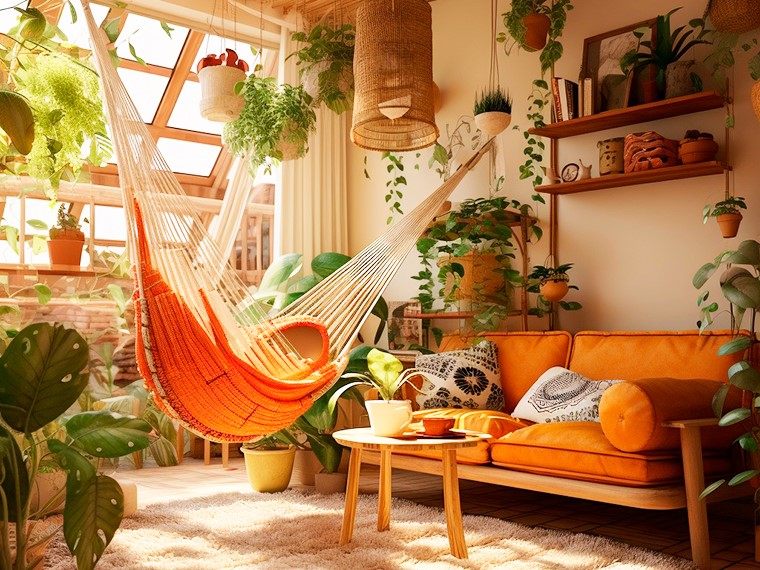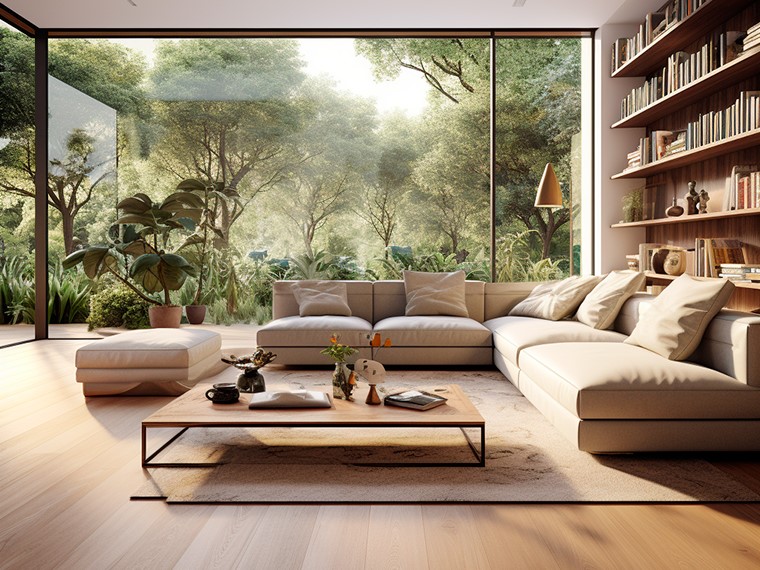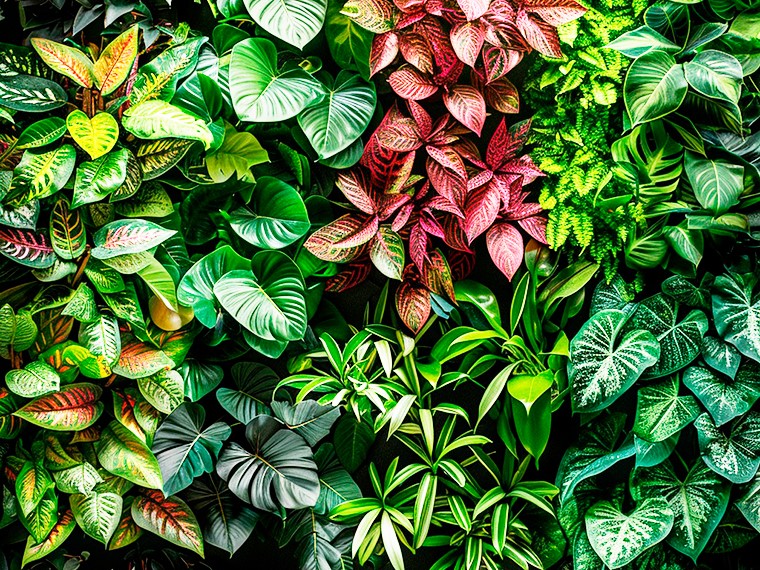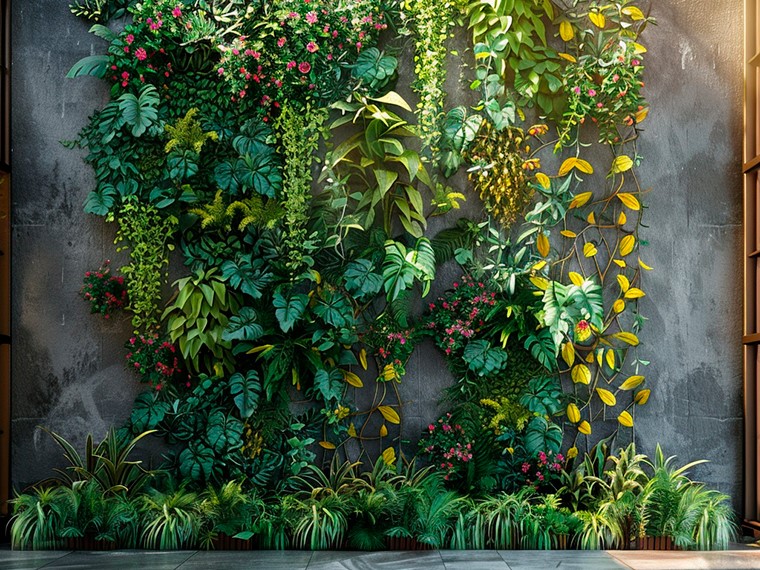Comparison: Estonian Apartment Design vs Russian: What's the Difference

Comparison: Estonian Apartment Design vs Russian: What's the Difference
Interior design plays a crucial role in creating comfort and coziness in an apartment. Approaches to decorating living spaces can significantly vary across different countries. In this article, we will explore the main differences between Estonian and Russian apartment designs, as well as delve into the opinions and discussions surrounding these two styles.
Key Features of Estonian Interior Design
Estonian design is often associated with minimalism, functionality, and a close connection to nature. Its main characteristics include:
- Minimalism: Simple lines and the absence of unnecessary decorative elements.
- Natural materials: Wood, stone, and glass are predominant in the finishes.
- Light tones: The use of light colors to create a sense of space and brightness.
- Eco-friendly approach: Emphasis on the ecological nature of materials and furniture.
- Functionality: Each design element should not only be beautiful but also practical.
Characteristics of Russian Interior Design
Russian apartment design traditionally stands out with a richer color palette and abundance of ornaments:
- Luxury and embellishments: Love for details, intricate patterns, and the golden color.
- Vibrant colors: The use of more saturated and warm colors.
- Textiles: Plenty of curtains, pillows, and bedspreads with diverse patterns.
- Traditional motifs: Sometimes, the design incorporates elements of Russian traditional culture.
- Massive furniture: Preference for large and solid furniture pieces.
Discussions and Opinions
Among interior design experts and ordinary residents, debates often arise about which style is better. Supporters of Estonian design appreciate its minimalism and eco-friendliness, while fans of the Russian approach find warmth and homely comfort in it.
Some believe that Estonian design is suitable for modern, technologically advanced spaces and pairs well with urban environments, whereas Russian design may be more preferable for country houses or apartments in classical styles.
However, it is important to understand that the choice of style depends on personal preferences, lifestyle, and individual needs of each person. Some may prefer the Scandinavian minimalism of Estonian design, while others may be drawn to the warmth and layered complexity of Russian interiors.
Conclusion
In conclusion, both Estonian and Russian designs have their unique characteristics. The choice between them depends on personal taste and preferences. In any case, the most important thing is for the interior to be harmonious and reflect the character and needs of its owner.









